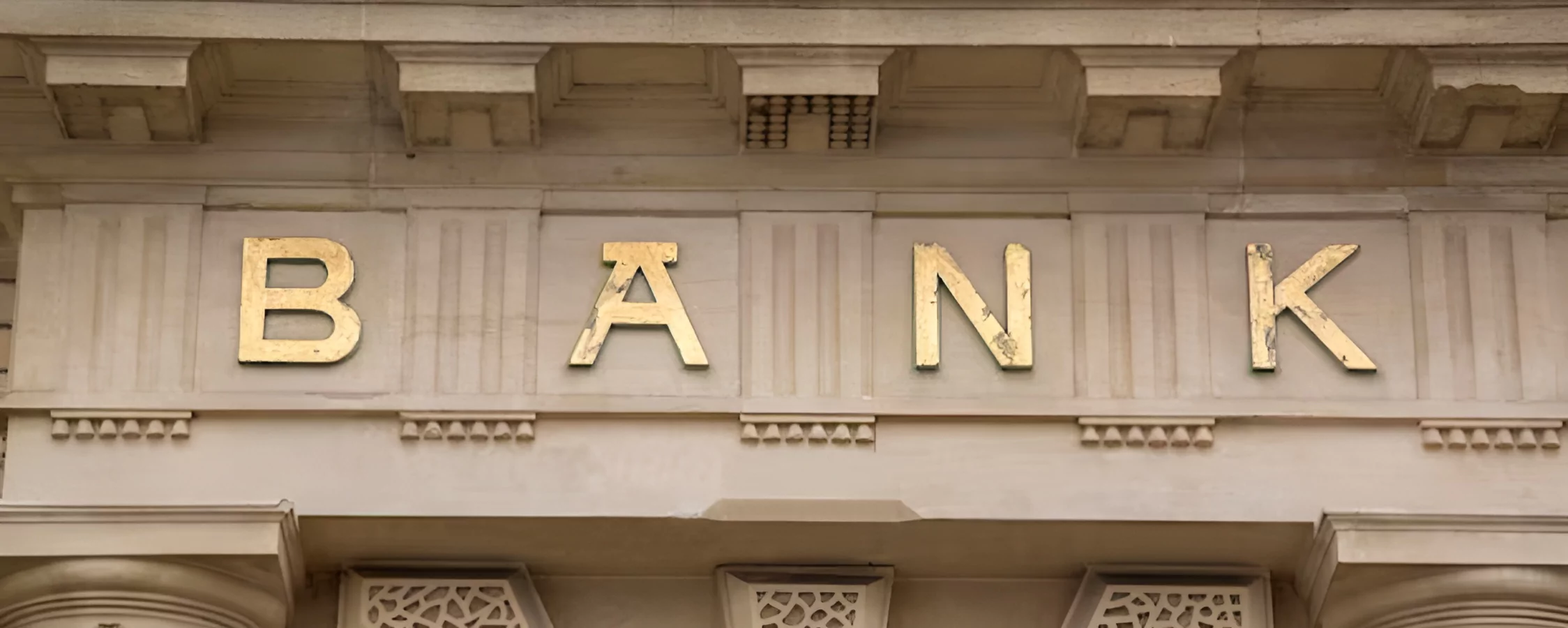Ever wondered why the interest on your savings account seems to change or why loans sometimes get more expensive? Well, it all comes down to how interest rates in financial markets work. These rates are like the heartbeat of the financial world. They influence everything—from the cost of borrowing money to the returns on your investments. Understanding them isn’t just for economists; it’s crucial for anyone who wants to make informed financial decisions. But don’t worry! We’re breaking it down in plain English so you can grasp the ins and outs with ease.
1. Defining Interest Rates
Let’s start with the basics. Simply put, an interest rate is the cost of borrowing money or the reward for lending it. Think of it like a rental fee for money. If you borrow $1,000 at a 5% interest rate, you’ll pay $50 as a “rental fee” for using that cash.
On the flip side, if you deposit money into a savings account, the bank pays you interest—essentially renting your money to lend it to someone else. It’s a two-way street in the financial world.
Types of Interest Rates
Not all interest rates in financial markets are created equal. Let’s break them down:
- Nominal Interest Rates: These are the rates you see advertised, but they don’t account for inflation. For example, a 3% return on your savings might feel great—until inflation eats away at your purchasing power.
- Real Interest Rates: These adjust for inflation, showing your “true” return. If inflation is 2% and the nominal rate is 3%, your real interest rate is just 1%.
- Fixed vs. Variable Rates: Fixed rates stay the same over time, offering stability. Variable rates, however, fluctuate based on market conditions. It’s a bit like choosing between a flat road or a rollercoaster.
2. Determinants of Interest Rates
Central Bank Policies
Ever heard of the Federal Reserve or the European Central Bank? These institutions are the puppet masters of interest rates in financial markets. Central banks set benchmark rates, like the federal funds rate in the U.S., which trickle down to influence everything from mortgage rates to credit cards. When they lower rates, borrowing becomes cheaper to stimulate the economy. When they raise rates, they’re tapping the brakes to control inflation.
Inflation
Inflation and interest rates are like dance partners—closely linked. When inflation rises, central banks often increase interest rates to cool things down. Why? Higher rates discourage borrowing and slow spending, helping to keep inflation in check.
Economic Growth
A booming economy usually means higher interest rates. Why? Strong growth increases the demand for credit as businesses and consumers borrow more. It’s like a busy concert—demand for tickets (or loans) goes up, so prices (or interest rates) follow suit.
3. Interest Rates and Financial Market Dynamics
Bond Markets
Here’s a fun fact: bond prices and interest rates have an inverse relationship. When interest rates rise, bond prices fall, and vice versa. Why? Imagine you own a bond paying 3% interest. If new bonds start offering 5%, your 3% bond suddenly looks less appealing, so its price drops.
Stock Markets
Interest rates can be a double-edged sword for stocks. Lower interest rates make borrowing cheaper for companies, boosting profits and stock prices. But when rates rise, borrowing costs increase, potentially reducing profits and dragging down stock valuations.
Foreign Exchange Markets
Interest rates also play a big role in currency values. Countries with higher interest rates often attract more foreign investment, boosting demand for their currency. So, if the U.S. raises rates while Europe holds steady, the dollar might strengthen against the euro.
4. Supply and Demand in Financial Markets

Supply of Financial Capital
Think of savers and investors as the “suppliers” of financial capital. They’re willing to lend their money (through savings accounts, bonds, etc.) in exchange for returns. Higher interest rates in financial markets often attract more savings, increasing the supply of capital.
Demand for Financial Capital
On the flip side, businesses and consumers create the “demand” for capital. They borrow money for things like building factories or buying homes. When interest rates are low, borrowing becomes more attractive, increasing demand.
Equilibrium Interest Rates
The tug-of-war between supply and demand ultimately determines the prevailing interest rates in financial markets. When supply exceeds demand, rates fall. When demand outpaces supply, rates rise. It’s like a balancing act on a seesaw.
5. Impact of Interest Rate Changes
On Consumers
Interest rates have a direct impact on your wallet. Here’s how:
- Mortgages: Higher rates mean bigger monthly payments, making homes less affordable.
- Credit Cards: Rising rates can increase the cost of carrying a balance.
- Savings Accounts: The silver lining? Higher rates often mean better returns on your savings.
On Businesses
For businesses, interest rates affect investment decisions. Lower rates make it cheaper to finance projects, fueling growth and innovation. But when rates rise, companies may pull back, delaying expansions or hiring.
On Government Borrowing
Governments borrow money through bonds to fund projects and services. Higher interest rates increase the cost of this borrowing, potentially straining budgets and reducing spending on public programs.
6. Recent Trends and Future Outlook
In recent years, we’ve seen interest rates fluctuate wildly, especially in response to global events like pandemics and geopolitical tensions. Central banks have had to strike a tricky balance between stimulating growth and controlling inflation.
Economic Indicators to Watch
Want to predict where rates might go next? Keep an eye on:
- Inflation Rates: Rising inflation often signals higher rates on the horizon.
- Employment Data: Strong job growth can push rates upward.
- Central Bank Announcements: Policy changes can have an immediate impact on markets.
Conclusion | Interest Rates In Financial Markets
Interest rates might seem like a dry topic, but they’re anything but boring. They’re the invisible force shaping everything from your mortgage payments to the global economy. By understanding how interest rates in financial markets work, you’re better equipped to navigate financial decisions—whether it’s choosing a loan, investing in bonds, or simply saving for the future.













